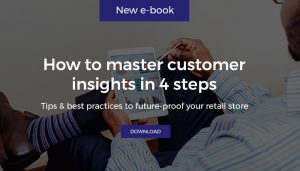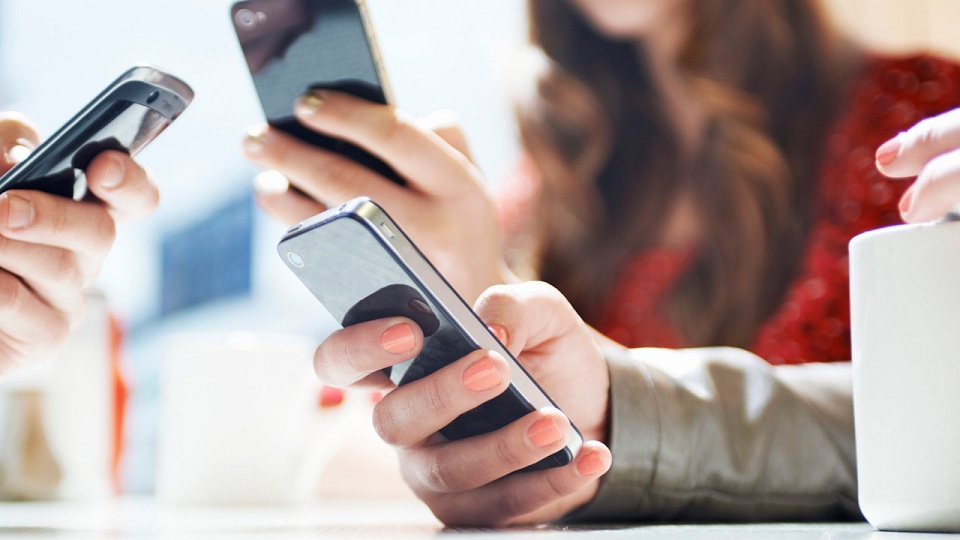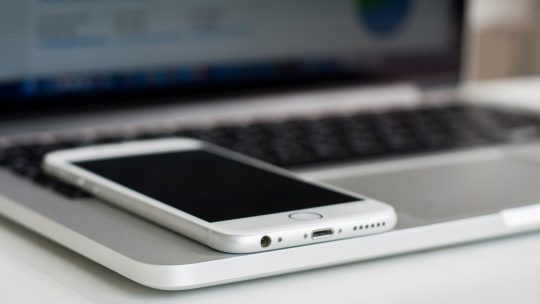As we have mentioned in one of our earlier blog posts, proximity marketing is not a new tactic. Today’s top retailers are already using proximity to fully leverage location-based analytics, connect with their customers, increase engagement and build shopping memories that convert!
So, the time to focus on location-based and real-time marketing has come. Read on to learn what proximity marketing really is and how to integrate it into your marketing strategy.
What is proximity marketing?
Proximity marketing is all about marketing to the consumers at the right time, the right place with the right message. More specifically, proximity marketing campaigns are based on how near a consumer is on a specific location and how to encourage him to make a purchasing decision, by delivering a personalized and relevant notification on his portable device.
Proximity marketing isn’t one single technology. It can be implemented through several different methods like NFC, Wi-Fi, geofencing, Bluetooth beacons and more. There are two main types of proximity marketing campaigns; macro-proximity and micro-proximity.
-
Macro-proximity campaigns through geofencing
In this case, text message marketing systems can utilize a shopper’s location to push text messages to only those devices that are within a specific region. As a shopper moves with his/her mobile phone within a specific region, he/she receives an SMS with the content you want to deliver (SMS geofencing). This technology can be useful to ensure your message is only sent to the target audience you need at the time you want.
-
Micro-proximity campaigns using beacons
What are beacons?
Beacons are currently the leading proximity marketing technology. They are devices that detect and communicate with shopper’s smartphones and send them media such as ads, coupons or extra product information. Beacons can also be used as POS systems and collect information about consumers.
More specifically, they are a low-cost piece of hardware, small enough to be attached to a wall or other surfaces within a retail store. Beacons use battery-friendly Bluetooth connections to transmit messages. It may prompt directly to a smartphone or tablet in the hopes of improving the in-store shopping experience and transforming how retailers and other industries communicate with shoppers during the store visit.
By using beacons, modern marketers can deliver rich content to any Bluetooth-enabled smartphone instead of annoying their customers. They can send them personalized push notifications, coupons, or extra and useful information about specific products straight to their smartphones when they pass by the certain area in-store.
Customers can now use their smartphone as a personal shopper assistant or as a guide for getting information on the exact product they are looking for during their store visit.
Remember that convenience is key for today’s empowered shoppers, so, make sure you provide that level of experience across all touchpoints.
Beacon-based campaigns in action
Let’s see how a beacon-based (micro-proximity) campaign works in 3 simple steps.
- First, the consumer should have his Bluetooth connection enabled at the location where the proximity marketing campaign is being applied.
- A beacon must be deployed in the area where the consumer is currently located, in order to send out and receive marketing notifications.
- Beacons work in conjunction with the retailer’s specific application. So, the targeted consumer should have downloaded and installed the relevant mobile app on his/her phone. In this way, the shopper is capable of receiving push notifications when he/she is in proximity to the beacon.
Watch the following video to learn how to use proximity marketing to keep your customers happy and loyal!
Why use proximity marketing
There are many benefits and enormous potential of using proximity marketing. Through this tactic, brands can better tailor messages and promotions to their customers affecting their purchasing decision. Targeting your customers based on their physical location with messages triggered by factors such as their geolocation, their purchasing and preference history could add great value to the customer journey.
Moreover, location technology is a low-cost technology and is easy to deploy while it allows brands to get a deeper understanding of their customers, and their behavioral patterns.
Bottom line: Proximity marketing has changed the way brands interact and connect with customers. Brick and mortar stores can leverage beacons to enhance their store experience, build loyalty through highly personalized campaigns that customers do not ignore, and collect valuable customer feedback.
Here at QIVOS, we design channel strategies that put the customer experience first. Armed with data, we help brands always deliver great, and measurable results. Have a look at our latest projects here.








